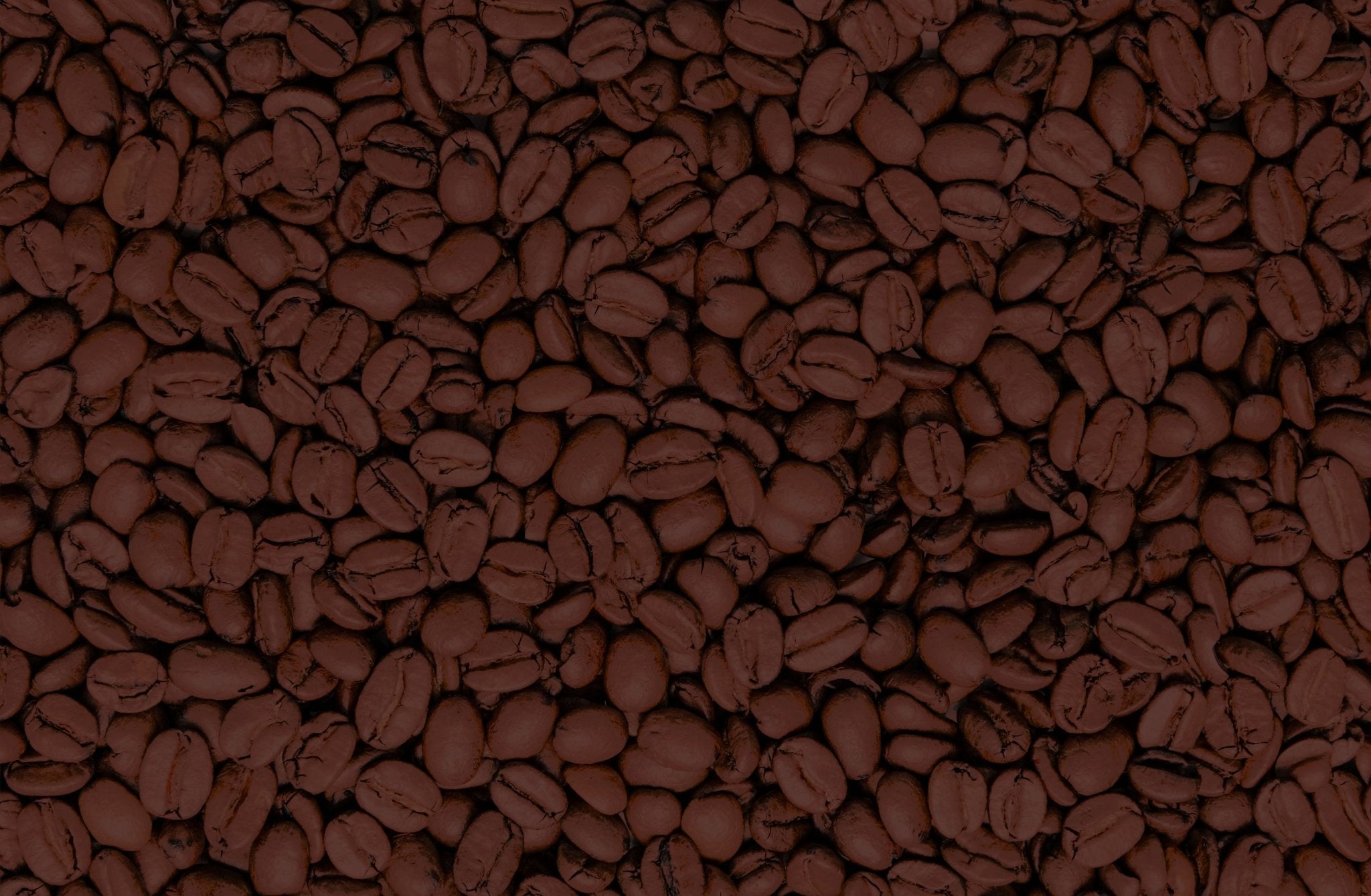
Ecuador in September: Part 3 - A Tour of Ecuador
September 22:
06:45 This morning is the same as the last save one problem. When I go to the shower, there is a large lizard, of an unfamiliar variety, waiting for me. Shane and I are the only two awake, and he’s already recounted to me the tale of the lizard he simply refused to deal with. I am alone in this situation. Now, I’ve caught many a lizard in my day, but ‘tis no gecko staring at me this time. This thing is more than half a foot long, a pale orange color with big, beady, black eyes. After a few moments of building up my courage and then a few more moments of the lizard running from me, I’m finally able to catch it and put it back over the wall—all the while trying to remain quiet and not freak out since almost everyone is still asleep. No simple task. Needless to say, it was an interesting start to an interesting day.
07:15 Once everyone is awake, we ready ourselves for the journey ahead. This entails separating everything we absolutely need for the remainder of our trip from everything we can do without. In order to push forward, we need to consolidate as much as possible to ensure safer travel—easier said than done when you’re toting around a ten pound camera, but done nonetheless. Arturo will be shipping whatever we leave behind to the airport, just in time for our flight back to the States.
10:00 After breakfast, Gerrardo meets us outside of Arturo’s house. Each of us—Shane, Max, Doc, and I—say our goodbyes to Arturo and his family. We thank them for allowing us to stay in their home and for their hospitality, and then we’re off—on our way to Cuenca, a must-see destination point between Zaruma and Chimborazo—packed like sardines in the back of the truck. Our goal for the day is to make it to Riobamba by nightfall.
11:15 We’ve been driving through mountains that don’t remotely resemble the mountains I’d grown accustomed to seeing that are green, lush, and populated. These mountains are steep, rocky, and devoid of life—littered with the occasional outpost or windmill. Shane is intent on spotting a mountain goat. He swears they’re out there. We’re met periodically with roadwork where large rocks have fallen down the mountain, unhindered in their fall due to the lack of vegetation.
We stop at a gas station to fill up and grab something quick to eat: hotdogs, hoagies, and Doritos—the lunch of champions. It’s during this stop that I begin to understand why this region has so many windmills. It is, in fact, incredibly windy. My hair is practically blinding me, and it has me thinking: this place is nothing like the Ecuador we’ve seen thus far.
It’s easy to imagine and understand the different climates and landscapes of the United States given how entirely separated each region seems in the country’s nearly 4 million square miles. In Ecuador, a country the size of Colorado—a mere 2% of the United States’ land area, we’ve already experienced three entirely different places. In Quito, it was mountainous on the outskirts—really more hilly than anything—and rather cold with no breeze and dry air, green but by no means lush. In Zaruma and Piñas, it was mountainous, humid, and naturally dense—hot during the day and chilly by night. Now, wherever we are, it’s windy, arid, completely barren, and instead of being surrounded by navigable, tree-covered mountains, it’s as though we’ve dropped onto another planet entirely. The mountains are themselves like trees of stone growing out of massive piles of rock. Truly astonishing.
12:00 Back in the truck, our conversation turns to the mountains of the world as our excitement to see Mt. Chimborazo tomorrow grows. We learned a lot in this discussion. Mt. Everest is typically spoken of as the tallest mountain. In terms of height above mean sea level, this is true, but when measuring from base to peak, not just the visible height above sea level, Mauna Kea in Hawai’i wins. Furthermore, and to our amazement, Mt. Chimborazo’s peak is actually the farthest point in the world from the center of the Earth due to its position on the equator. By this measurement, Mt. Everest is only number 10 on the list of tall mountains. The top 5 are all in either Peru or Ecuador.
On these hours-long drives, we learned a lot, not just about mountains and Ecuador, but about each other—an easy thing to accomplish when you’re tired out of your mind and literally squished together. We discussed morality, politics, psychology, relationships, work ethic, life goals—the list goes on, although I can’t say that I remember it all. There are a few stand out moments where I do, however, distinctly remember thinking, “I wish I knew these people sooner.” I often found that I was learning more about myself than I ever had before, self-doubt slowly leaving my mind. You discover your own normalcy and uniqueness when it’s revealed to you in and through others, and it’s a remarkable thing when that happens.
13:30 We make it to Cuenca, and Gerrardo lets us out at the bus station and waits while we figure out when the next bus to Riobamba is leaving. The two very kind and helpful ladies at the desk allow us to leave our bags in a back room while we venture out into the city. We’re in a bit of a time crunch when we hop back in Gerrardo’s truck. He drives us to a tower overlooking the city; it will be our only stop in Cuenca other than the bus station. We bid farewell to Gerrardo as he must make the journey back home.
Inside the tower, each level is walled with a layer of glass and then a layer of red brick. The bricks are spaced with approximately an inch between them, and they’re all covered in writing from visitors who have come to do the same thing that we are now. The top floor is the only one without this brick wall. The entire room is enclosed in crystal clear glass, and the view of the city is unlike any other we’ve seen thus far. The buildings are much more European in nature, no doubt influenced by the Spanish who settled in this area in the 16th century: red-tiled buildings painted white with blue accents. There’s a monumental cathedral in the city’s epicenter—red clay brick, three white domes with vertical blue pinstripes, and stained glass windows. The structure was originally built to be large enough that all 10,000 citizens could attend mass at the same time.
15:00 After descending the tower once more, we begin strolling around in its general vicinity. There’s gated homes built in the Spanish style that are nestled in next to white houses built in that rounded off modern way that you’d see in Los Angeles—black wrought iron fences on their balconies. Across the street from these houses, there’s a fitness store that seems to be entirely dedicated to soccer equipment: nets on nets on nets, with soccer balls and cleats hanging in them.
After walking for a few minutes, we approach an intersection where Shane is able to flag down a taxi to take us back to the bus station. The driver has a small disco ball hanging from his rearview mirror and doesn’t speak much except to Doc. He drops us off across the street from the bus station where we very quickly rush through to our bus.
16:00 The next five and a half hours are spent on the bus to Riobamba. Now, you may be thinking, “I thought she said Ecuador is only the size of Colorado.” You’d be correct. As the crow flies, Riobamba is only 88 miles from Cuenca—less than an hour and a half if you think of it in terms of interstate travel. However, when you add in the twists and turns of the mountains, that distance becomes 165 miles at 30mph.
Luckily, the buses in Ecuador are very nice—the seats are comfortable, and there is plenty of space for each person. Unluckily, they also happen to play incredibly random movies at fairly high volume during each trip that no one really seems to pay attention to. In this stretch of our journey, we had the pleasure of watching a WWE produced film that took place largely in a theme park parking garage, a Kevin Spacey movie in which his character’s mind was trapped in a cat’s body, and a dramedy rom-com whose main character greatly resembles Paul Rudd. I sadly slept through most of the Korean thriller—easily the best movie that played.
18:00 Each of us were sitting in the same row, Shane and Doc on one side of the aisle and Max and I on the other. At some point, Shane, Max, and I started playing trivia, Jeopardy style, with Shane asking the questions—the categories: Coffee, Ecuador, and Macon. Max and I stayed neck and neck…until Doc joined in. He took an immediate lead. After a few minutes of this, we started taking turns asking the questions, and Doc’s had us all completely stumped. What started as trivia turned into each of us simply trying to find something that Doc didn’t already know, a very difficult task to accomplish.
The journey also consisted of scattered stops along the way. The occasional street vendor would hop on selling food items for a couple minutes before getting back off. At one of these stops, Shane and Max took a chance and bought some ice cream pops. Good on the outside and tomato flavored on the inside. Our dinner that night consisted of gas station snack food: vanilla wafers, Cheez-its, and water. The rest of the bus ride was spent making stupid jokes, attempting to sleep, and watching movies.
21:15 The bus makes a stop at a gas station to fill up. At this point, we’re all getting antsy—we’re so close to Riobamba, and yet so far. Shane is looking for hotels for the night on his phone and speaking with a younger man on the bus to ask for recommendations.
22:30 When we reach the bus station, the young man flags down a taxi for us and helps us get situated before leaving. The driver takes us to the front of our hotel: the quaint and beautifully decorated Hotel Montecarlo. The front desk clerk gives us our room keys which are, in fact, literal keys with numbered leather tags hanging from them. Shane comes around after we’re each situated with Chamomile Tea in styrofoam cups. “Supposedly, it’ll help you sleep. I don’t know. Good night. We’ll try to be out of here by 10 tomorrow.” I slept like a baby.


0 comments